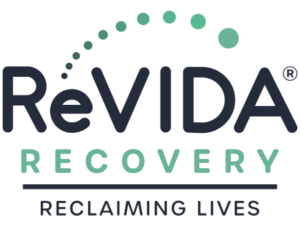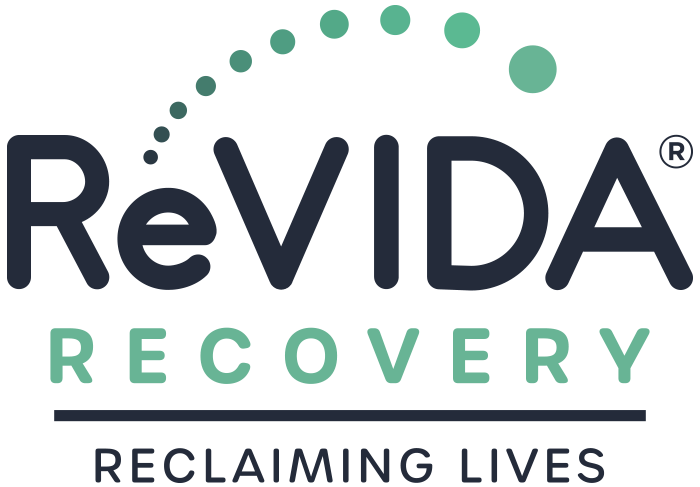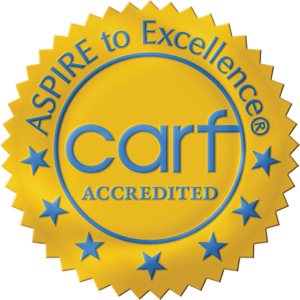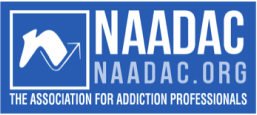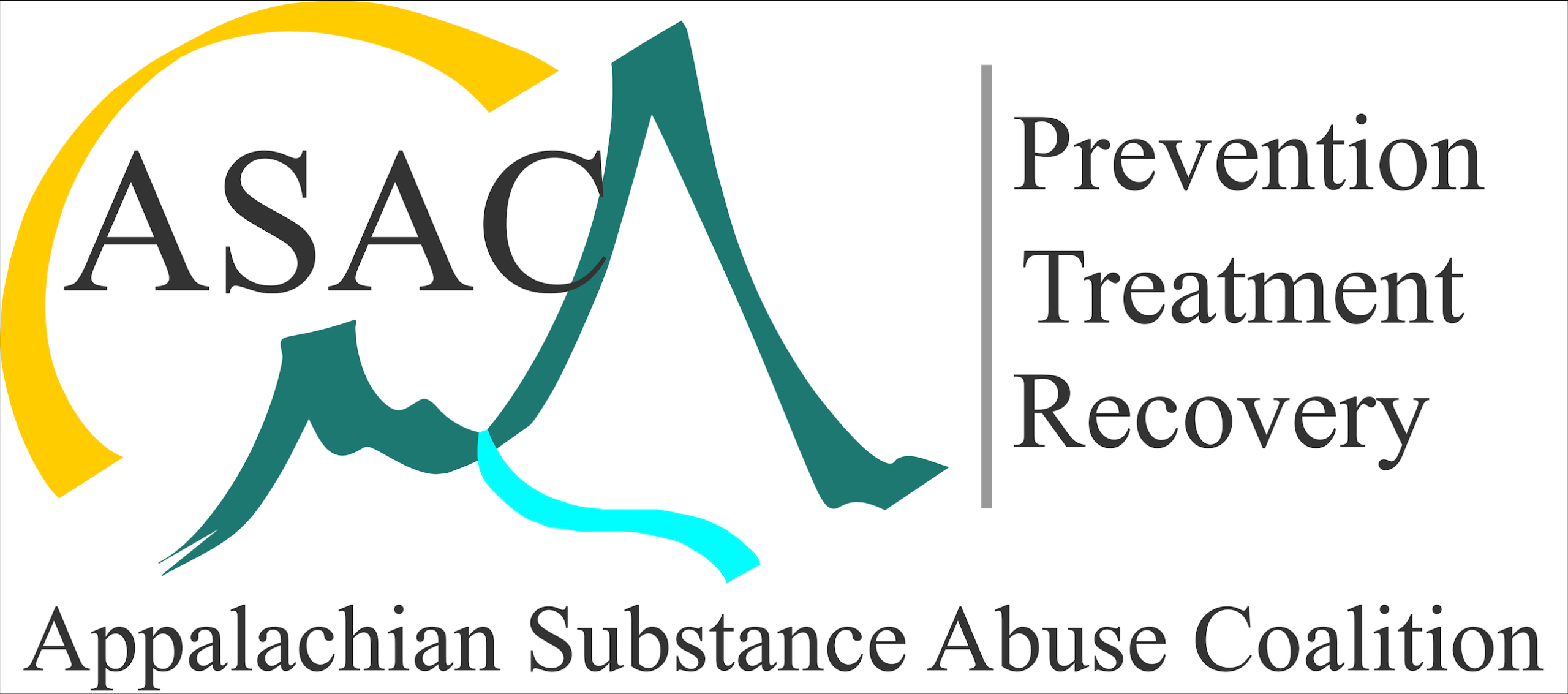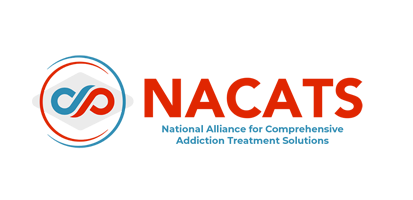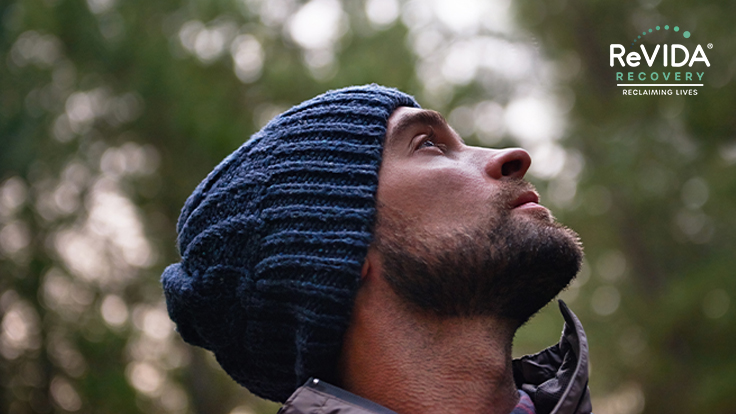
“Don’t judge each day by the harvest you reap but by the seeds that you plant.” – Robert Louis Stevenson
The opioid epidemic that has been raging across the country for years isn’t new. Opioids have impacted the people of Appalachia and beyond. We can’t undo the hurt opioids have caused people, but we can reduce the impact it has on our communities.
In 2023, the opioid dispense rate in Tennessee was 58.6 per hundred people, which is the 5th highest rate in the nation. This doesn’t include street opioids, like heroin and fentanyl, which could put the actual number of people taking opioids much higher.
At ReVIDA® Recovery, we specialize in treating opioid use disorder (OUD) using medication-assisted treatment. The two medications we use are Sublocade and Suboxone. Today, we’ll compare Sublocade vs. Suboxone so you know the differences and similarities between the two when choosing the right treatment for you.
Table of Contents
Why Choose MAT for OUD?
MAT is an empowering tool for many people recovering from OUD. Withdrawal symptoms from opioids like codeine, morphine, heroin, or fentanyl are one of the biggest reasons that people return to use. Withdrawal is not usually life-threatening, but the flu-like symptoms can be extremely uncomfortable. If you have other medical conditions, withdrawal can cause complications.
Cravings are another primary reason people return to use. When your body is used to consuming opioids to get dopamine and endorphins, the amount your body naturally produces no longer feels like enough. This leads to cravings for more opioids. Cravings can be intense, so you can’t think about anything else. When you stop taking opioids, managing cravings on your own can be very difficult.
Having medical care that explicitly targets OUD is the most effective way to reclaim your life from the condition. Your MAT doctor will prescribe you a medication like Suboxone or Sublocade to improve withdrawal symptoms and reduce cravings for opioids. This targets the two biggest physical reasons that people return to use. When medication is used in combination with therapy and other supports, MAT gives you the best chance to succeed in recovery long-term.
Similarities Between Sublocade and Suboxone: Buprenorphine
Both Sublocade and Suboxone use the active ingredient buprenorphine. This ingredient is the foundation of most MAT treatments. Buprenorphine is a partial opioid agonist. That means the chemical attaches to opioid receptors throughout the central nervous system and the brain, with a weaker effect than other opioids. Buprenorphine has a ceiling effect. While it reduces cravings for opioids and improves withdrawal symptoms, you can’t experience the mind-altering aspects.
Because the two medications have this active ingredient, they’re both effective at treating OUD. Since buprenorphine attaches to opioid receptors, you cannot get high on other opioids, like heroin or morphine, while you’re on either medication. By removing the ability to feel the effects of more potent opioids, reducing cravings, and improving withdrawal symptoms, the active ingredient in these medications dramatically improves your chances for success in recovery.
Differences Between Sublocade and Suboxone
While both medications are effective at treating OUD, there are a few key differences between Sublocade and Suboxone. It’s important to know these differences.
- How they’re administered: Sublocade is administered as a shot. The buprenorphine begins as a liquid and then forms a gel once in the body. A steady amount is released throughout the month. Suboxone comes in a tablet or a film, which is placed under the tongue daily.
- How long they last: Sublocade is administered by a doctor once a month, and the dose releases buprenorphine consistently between doses. Suboxone has to be taken every day, so there is a chance of inconsistent buprenorphine levels in the system if you accidentally miss a dose.
- What’s in the medication: Both Sublocade and Suboxone have buprenorphine. Suboxone also has naloxone in it. This is to prevent patients from melting down the tablets or film and injecting it in an attempt to circumvent buprenorphine’s ceiling effects. The naloxone serves as a secondary protection against misuse. Misuse is not a concern with Sublocade because of the way it’s administered.
These are the three biggest differences between Sublocade and Suboxone. Both medications have benefits, but you should consult a doctor to determine which is right for you.
Choosing Between Sublocade and Suboxone
Sublocade and Suboxone are both effective medications for treating OUD. Before choosing which medication to take, you should talk to your MAT doctor. The two of you will discuss your medical history, experience with OUD, and your goals for recovery before deciding what medication is right for you.
Your Routines
As highlighted above, the big difference between Sublocade and Suboxone is the way they’re administered. If you regularly take daily medication and feel comfortable managing that as part of your daily routine, Suboxone is a good choice for you. Alternatively, if you have a hard time remembering to take your medication, you might prefer a once-a-month shot. That way, you don’t have to think about medication daily.
Your Goals for Recovery
It also depends on what kind of care you seek in recovery. While both medications are effective at treating OUD, they create slightly different recovery experiences. If you want a medication with a dose that can be easily adjusted, Suboxone’s daily tablets or films will give you that kind of flexibility. If what you want is a slow-release medication to help you without a daily commitment, Sublocade would be a better fit for that goal.
Other Aspects of Treatment at MAT Clinics
Medication alone only treats the physical components of OUD, so it is important to take care of the psychological components of the condition as well. OUD impacts all aspects of your life, and it’s important to treat the condition holistically.
Individual Therapy
Many people who take opioids recreationally are trying to avoid big feelings. That’s why it’s vital for MAT patients to receive therapy in addition to medication. Your therapist will work with you to determine the root causes of your OUD and any co-occurring mental health conditions you might have.
Using cognitive behavioral therapy (CBT), you’ll examine the relationship between your thoughts, feelings, and actions. You’ll learn to identify negative thought patterns and find healthier behavior alternatives.
Group Therapy
Group therapy is another important aspect of MAT care. Group sessions create peer-to-peer accountability and a sense of community.
In group therapy, get the opportunity to learn from people with similar life experiences. You’ll celebrate victories in recovery together and support each other through difficult times. Group therapy will remind you that you’re not alone in your experience with OUD and MAT.
Care Coordinator
A good treatment program should do more than just treat the symptoms of OUD. That’s why every patient at ReVIDA® Recovery is assigned a care coordinator.
Your care coordinator will assist you in getting access to different resources that you need to build a life in recovery. They will guide you through applications for SNAP, housing, and employment. Your care coordinator can also help you with legal processes, like working with child protective services, court letters, custody proceedings, and more.
MAT with ReVIDA® Recovery in Appalachia
OUD can quickly take over your life. It damages everything from your physical health to your relationships and ability to make a living. Quitting opioids on your own can feel next to impossible, but recovery is never out of reach.
MAT is a safe, effective way to treat the physical symptoms of OUD. When used in combination with therapy, Sublocade or Suboxone treatment are both strong tools for managing your recovery.
Being successful in recovery takes effort. You have to show up and do your best every day. With the right support, you’re capable of making the changes you need to reclaim your life from opioids. It’s never too late to start recovery. Your new life starts today.
If you or someone you love is managing a heroin or opioid use disorder, help is available today. ReVIDA® Recovery has been helping many Appalachian residents find recovery through medication-assisted treatment and flexible outpatient therapy schedules. We offer same-day appointments and telehealth options for established patients. We are proud to partner with organizations in our communities and accept many forms of insurance, including Medicaid. Call us today at 423-631-0432 to learn more about our program offerings.
Reclaim your life.
